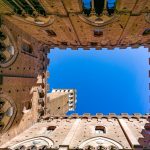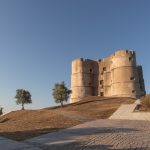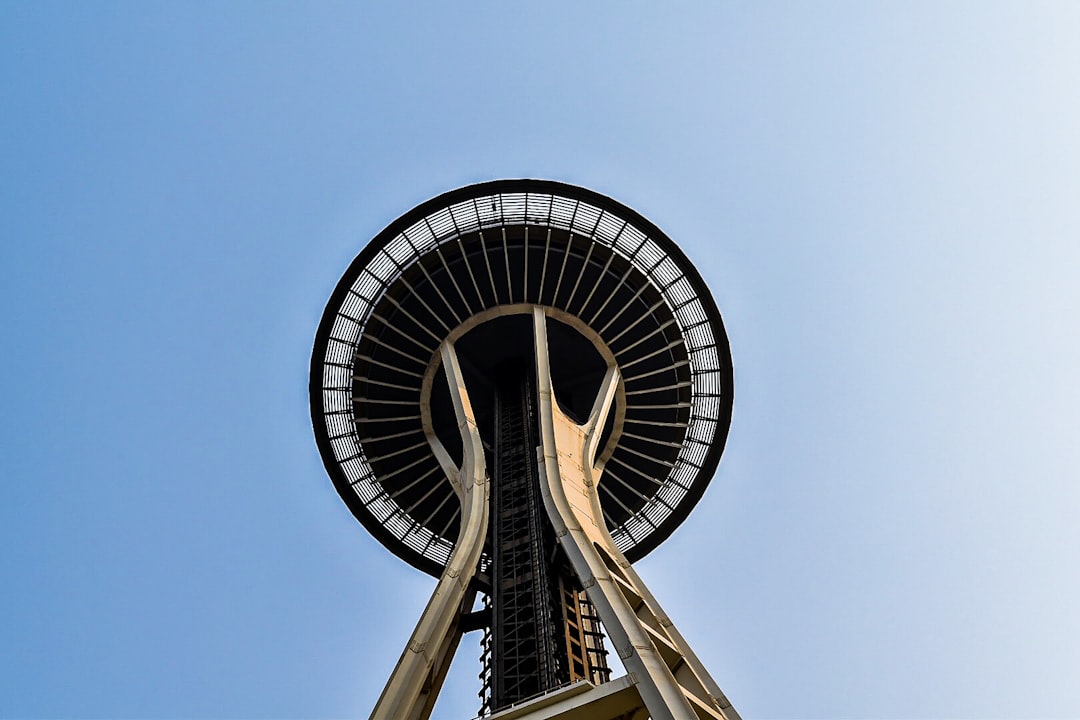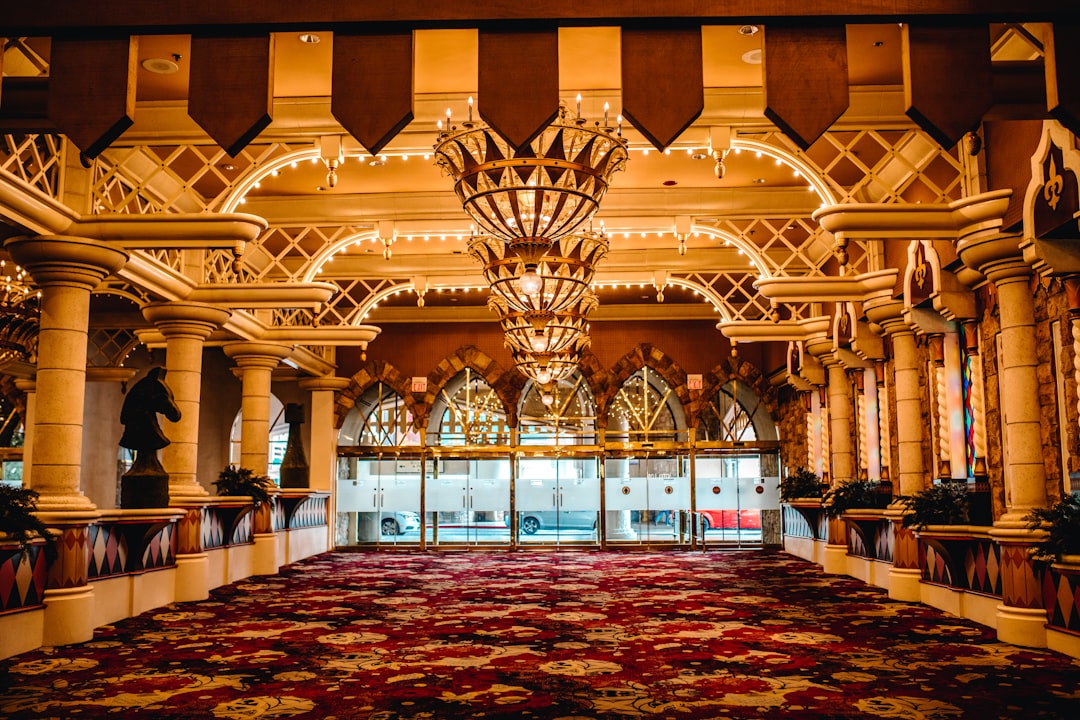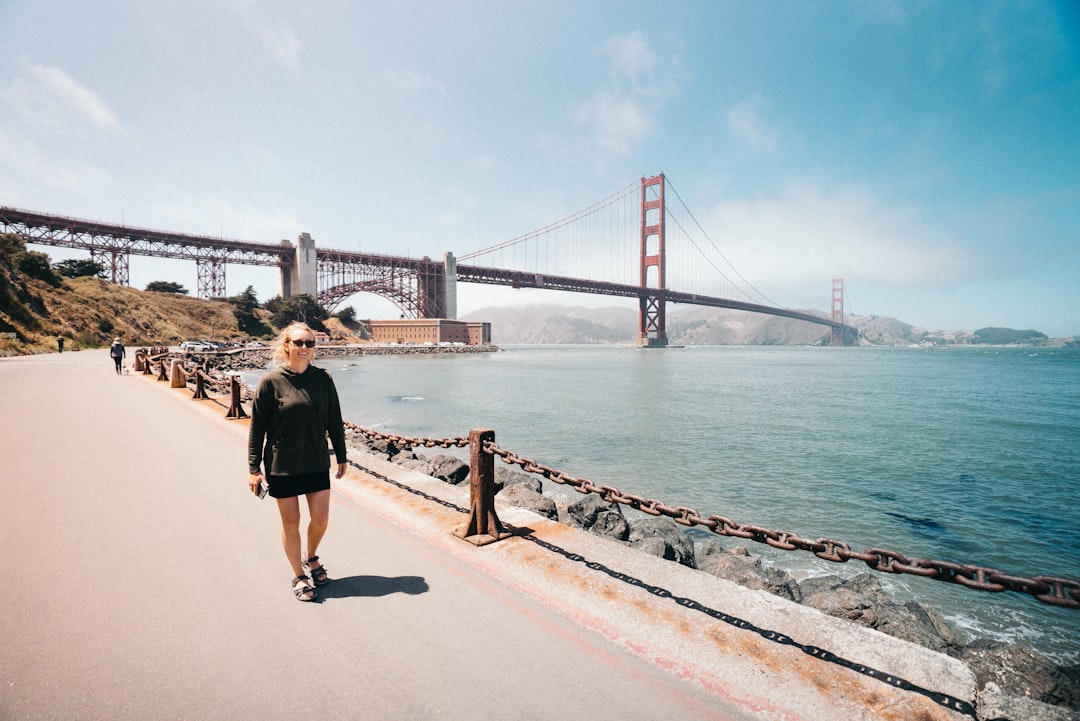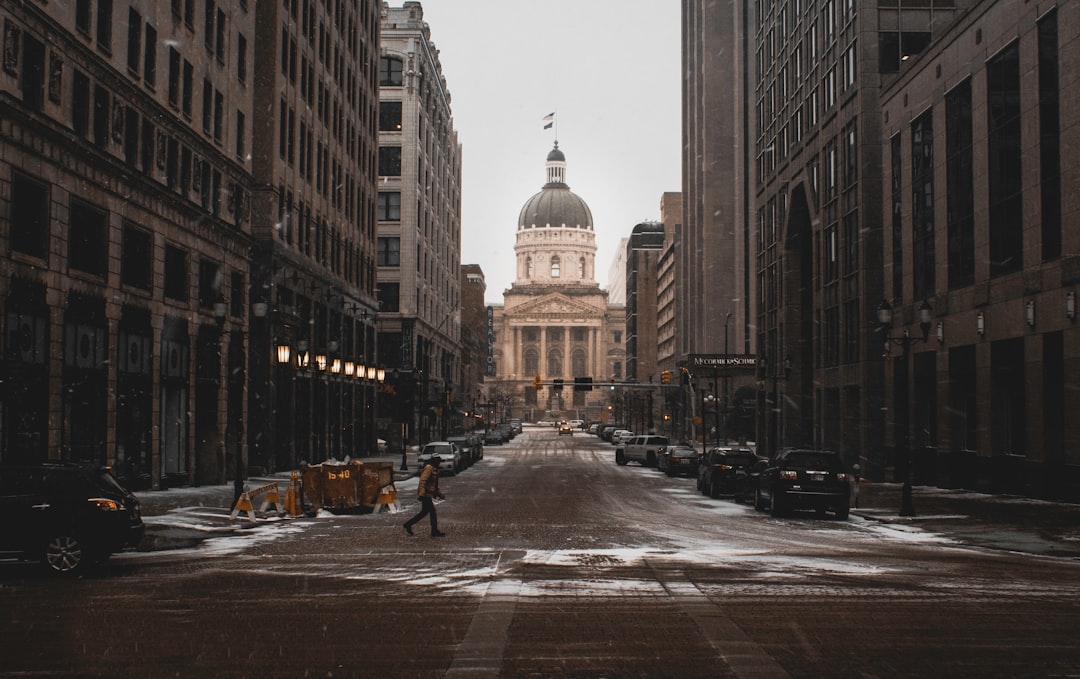Albuquerque, New Mexico, is a vibrant city that serves as a cultural crossroads, blending Native American, Hispanic, and Anglo influences. Nestled in the high desert at the base of the Sandia Mountains, Albuquerque boasts a unique geographical setting that enhances its charm. The city is known for its stunning sunsets, which paint the sky in hues of orange and pink, creating a breathtaking backdrop for both residents and visitors.
With a population of over 560,000, it is the largest city in New Mexico and serves as a hub for education, commerce, and culture in the region. The city’s rich tapestry is woven from its diverse history, which dates back thousands of years. Originally inhabited by Native American tribes such as the Pueblo and Navajo, Albuquerque has evolved into a modern metropolis while still honoring its roots.
The blend of cultures is evident in the architecture, festivals, and daily life of its residents. Albuquerque is also home to the University of New Mexico, which adds a youthful energy to the city and fosters a vibrant arts scene. This dynamic environment makes Albuquerque an intriguing destination for those seeking to explore its multifaceted identity.
Key Takeaways
- Albuquerque, NM is a vibrant city with a rich history and diverse cultural influences.
- The city is home to many historical landmarks and attractions, including the Old Town Plaza and the San Felipe de Neri Church.
- Outdoor enthusiasts will enjoy the many hiking trails, hot air balloon rides, and the beautiful Sandia Mountains.
- Visitors can explore the city’s artistic and cultural scene at the Albuquerque Museum and the Indian Pueblo Cultural Center.
- Albuquerque offers a wide range of culinary experiences, from traditional New Mexican cuisine to modern fusion flavors.
- When exploring Albuquerque, be sure to take advantage of the city’s public transportation options and plan ahead for the high altitude and dry climate.
Historical Facts and Landmarks
Albuquerque’s history is deeply intertwined with its indigenous roots and Spanish colonial past. Founded in 1706 by Francisco Cuervo y Valdés, the city was named after the Duke of Alburquerque in Spain. The original layout of Albuquerque was designed around a central plaza, which remains a focal point of the city today.
One of the most significant historical landmarks is the San Felipe de Neri Church, built in 1793. This adobe structure stands as a testament to the city’s colonial heritage and is one of the oldest buildings in Albuquerque. Visitors can admire its beautiful bell tower and intricate altar while reflecting on the city’s storied past.
Another notable site is the Albuquerque Old Town, which features a collection of historic adobe buildings that date back to the 18th century. The area is filled with shops, galleries, and restaurants that showcase local artisans and craftspeople.
The Albuquerque Museum of Art and History is also located nearby, offering insights into the region’s history through various exhibits and artifacts. This blend of historical significance and modern-day vibrancy makes Albuquerque a fascinating place to explore.
Outdoor Attractions and Activities
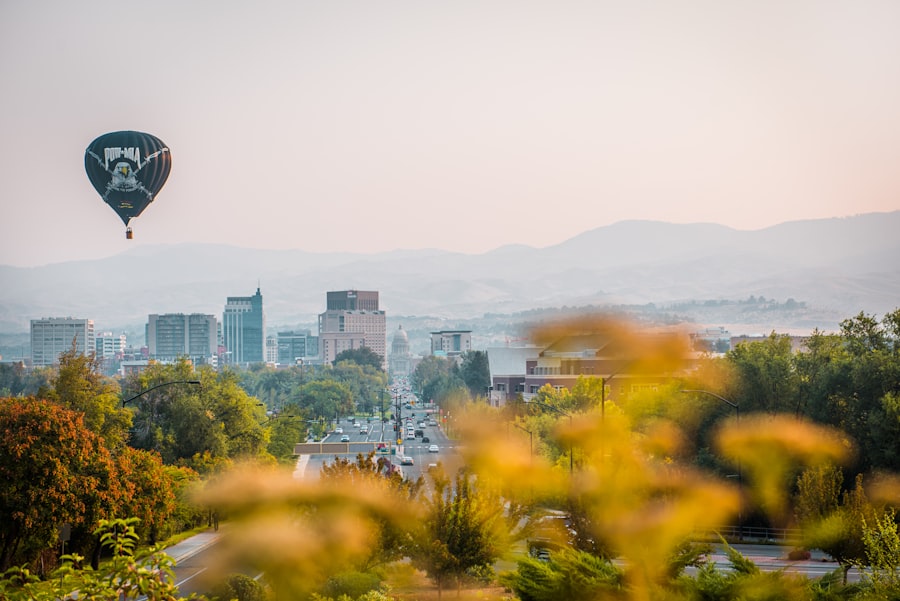
Albuquerque’s natural beauty is one of its most compelling features, offering a plethora of outdoor activities for nature enthusiasts. The Sandia Mountains provide a stunning backdrop for hiking, mountain biking, and rock climbing. The Sandia Peak Tramway is a must-visit attraction that takes visitors on a scenic ride to the top of the mountains, where panoramic views of the city and surrounding landscape await.
At an elevation of over 10,000 feet, the summit offers opportunities for hiking trails that range from easy walks to challenging treks. In addition to the mountains, Albuquerque is home to numerous parks and open spaces that cater to outdoor lovers. The Rio Grande Valley State Park stretches along the river and provides ample opportunities for birdwatching, picnicking, and leisurely strolls.
The park is particularly popular during the spring when migratory birds flock to the area. For those seeking adventure on two wheels, the Bosque Trail offers a scenic route along the river that is perfect for cycling or jogging. The combination of stunning landscapes and diverse recreational options makes Albuquerque an outdoor paradise.
Cultural and Artistic Sights
| City | Number of Museums | Number of Art Galleries | Number of Theaters |
|---|---|---|---|
| New York | 83 | 416 | 420 |
| Paris | 173 | 127 | 120 |
| London | 173 | 215 | 241 |
Albuquerque’s cultural scene is as diverse as its population, with numerous artistic venues that celebrate local talent and heritage. The city hosts several annual events that highlight its rich traditions, such as the Albuquerque International Balloon Fiesta, which attracts thousands of visitors each October. This spectacular event features hundreds of colorful hot air balloons taking to the skies, creating a mesmerizing sight against the backdrop of the Sandia Mountains.
The fiesta not only showcases ballooning but also includes live music, food vendors, and cultural performances. Art lovers will find plenty to explore in Albuquerque’s galleries and museums. The Harwood Art Center is a community-focused space that features rotating exhibitions from local artists and offers workshops for those looking to engage with their creative side.
Additionally, the National Hispanic Cultural Center celebrates Hispanic heritage through art exhibitions, performances, and educational programs. The center’s stunning architecture itself is a work of art, reflecting traditional Spanish design elements while incorporating modern touches. This commitment to cultural expression makes Albuquerque a vibrant hub for artistic exploration.
Culinary Delights and Local Flavors
Albuquerque’s culinary scene is a reflection of its diverse cultural influences, offering an array of flavors that tantalize the taste buds. New Mexican cuisine is characterized by its use of red and green chile peppers, which are integral to many dishes. One cannot visit Albuquerque without trying the iconic green chile cheeseburger or enchiladas smothered in red or green sauce.
Local restaurants such as El Pinto and Sadie’s have become staples for those seeking authentic New Mexican fare. In addition to traditional dishes, Albuquerque boasts a burgeoning food scene that includes farm-to-table restaurants and innovative culinary concepts. The city’s proximity to fertile agricultural land allows chefs to source fresh ingredients from local farms.
The Downtown Growers’ Market is a popular destination for both locals and visitors alike, featuring fresh produce, artisanal goods, and prepared foods from local vendors. This emphasis on local sourcing not only supports the community but also enhances the dining experience by showcasing seasonal flavors.
Tips for Exploring Albuquerque

When planning a visit to Albuquerque, it’s essential to consider the best times to experience all that the city has to offer. The spring and fall months are particularly pleasant, with mild temperatures ideal for outdoor activities and festivals. Summer can be quite hot, so early morning or late afternoon excursions are recommended for those looking to explore the outdoors without overheating.
Navigating Albuquerque can be made easier by utilizing public transportation options such as the ABQ RIDE bus system or taking advantage of rideshare services. For those who prefer to drive, renting a car provides flexibility to explore surrounding areas like Santa Fe or Taos. Additionally, many attractions are located within walking distance in neighborhoods like Old Town or Downtown, making it easy to immerse oneself in the local culture.
Engaging with locals can enhance your experience in Albuquerque; they often have valuable insights into hidden gems or lesser-known attractions worth visiting. Whether it’s striking up a conversation at a café or participating in community events, connecting with residents can provide a deeper understanding of the city’s unique character. In summary, Albuquerque offers an eclectic mix of history, culture, outdoor adventure, and culinary delights that make it an enticing destination for travelers seeking an authentic Southwestern experience.
From exploring historical landmarks to savoring local flavors, there’s something for everyone in this captivating city nestled in the heart of New Mexico.
If you’re intrigued by the unique blend of cultural and historical insights provided in the article about Albuquerque, New Mexico, you might also find the exploration of another vibrant city interesting. Consider reading about Seattle, Washington, which, like Albuquerque, boasts a rich tapestry of history, modern attractions, and stunning natural scenery.
Dive deeper into what makes Seattle a must-visit location by checking out Seattle: Facts and Places to Visit.
FAQs
What are some interesting facts about Albuquerque, New Mexico?
– Albuquerque is the largest city in New Mexico.
– It is one of the oldest cities in the United States, founded in 1706.
– The city is known for its annual International Balloon Fiesta, the largest hot air balloon festival in the world.
– Albuquerque is home to the University of New Mexico and Kirtland Air Force Base.
What are some popular places to visit in Albuquerque?
– Old Town Albuquerque, a historic district with adobe buildings, shops, and restaurants.
– The Sandia Peak Tramway, offering stunning views of the city and surrounding landscape.
– The Albuquerque Biological Park, which includes a zoo, aquarium, and botanical garden.
– The Indian Pueblo Cultural Center, showcasing the history and culture of the Native American Pueblo tribes.
What are some things to see in Albuquerque?
– The Petroglyph National Monument, featuring ancient rock carvings and hiking trails.
– The Albuquerque Museum, with exhibits on local history, art, and culture.
– The Rio Grande Nature Center State Park, a peaceful oasis for birdwatching and nature walks.
– The National Museum of Nuclear Science & History, exploring the history of nuclear science and technology.

